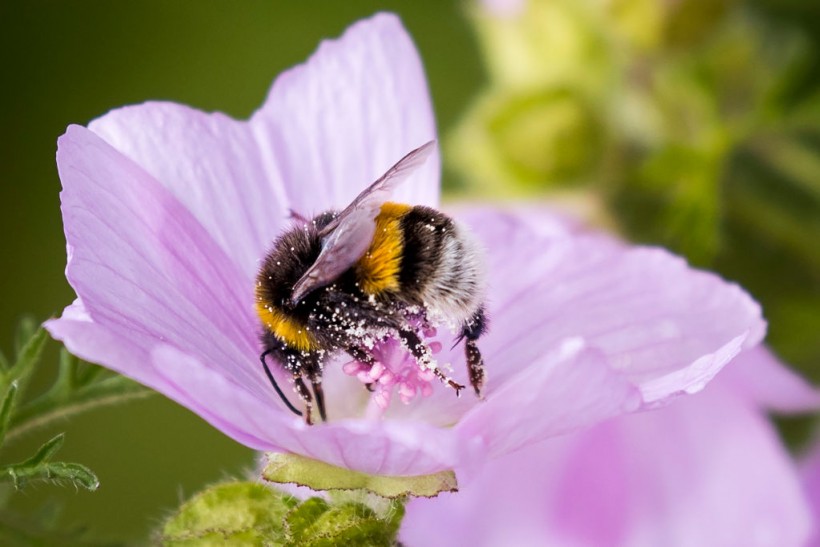Researchers at Imperial College London and the Natural History Museum recently published two concurrent studies that analyzed the bumblebee populations in the United Kingdom.
The first paper investigated the morphology or body shapes of bee specimens that dated back to 1900, a EurekAlert! report specified.
Using digital images, the time initially investigated the asymmetry in bumblebee wings as a sign of stress. High asymmetry or extremely differently shaped left and right wings indicate bees experienced stress during development, an outer factor that impacted their normal growth.
Examining four UK bumblebee species, the researchers discovered that evidence for stress got higher as the century progressed from its lowest point in the mid-1920s.
Further analysis revealed that each bee species exhibited a constantly higher proxy of stress in the latter part of the century.
Bumblebee Population At Risk
By taking the climate circumstances during the year of collection, also called annual mean temperature and yearly rainfall, the research team discovered that in hotter and wetter years, bees exhibited higher wing asymmetry. The study is published in the Journal of Animal Ecology.
According to Aoife Cantwell-Jones from the Park's Department of Life Sciences at Silwood Park at Imperial and one of the authors of the study, through the use of a proxy of stress seen on the external anatomy of the bee and caused by stress during the development just days or weeks before, the team can look to more precisely track the factors placing its populations under pressure through historic time and space.
Meanwhile, Dr. Andres Arce, co-author of the study at the University of Suffolk, explained that their goal is to understand responses better to particular environmental factors and learn from the past to forecast the future.
They're hoping to predict the place and time bumblebees will be most at risk and target effective conservation action.

Researchers at Imperial College London and the Natural History Museum recently published two concurrent studies that analyzed the bumblebee populations in the United Kingdom.
ALSO READ: New Study Reveals Large Bumblebees Learn the Best Flowers' Spots
Examining Prehistoric DNA of Bees
Dr. Richard Gill, senior author of the study, also from the Department of Life Sciences at Silwood Park at Imperial, said that with hotter and wetter conditions forecasted to place bumblebees under higher stress, bumblebees "may be in for a rough time over the 21st century."
They gauged the bees' wing shapes in second parallel research and succeeded in sequencing the genomes of over 100 bumblebee museum specimens that date back over 130 years,
In a pioneering advance, the prehistoric DNA approaches usually used for examining woolly mammoths and ancient humans were, for the first time, employed on an insect population.
Researchers from the Natural History Museum and the Earlham Institute measured the DNA preservation by using just one bee leg from each of the bees examined.
Museum collections indicate bees increasingly stressed by changes in climate over the past 100 years
— Bioengineer.org (@bioengineerorg) August 18, 2022
Read more: https://t.co/W8yZSa4b4z pic.twitter.com/b3Z21yxTTZ
A related Bioengineer.org report specified that the study authors can now look to identify how the reported stress may result in genetic diversity loss.
In the intersection with providing a new reference genome, the research team will now employ this data to investigate how bee genomes have changed over time, obtaining insight into how the entire populations have adapted, or not, to changing environments.
Related information about bees and climate change is shown on WWF UK's YouTube video below:
RELATED ARTICLE: Unlike Honeybees, Solitary Bees are Born with Functional Internal Clock, Study Finds
Check out more news and information on Bumblebees in Science Times.














